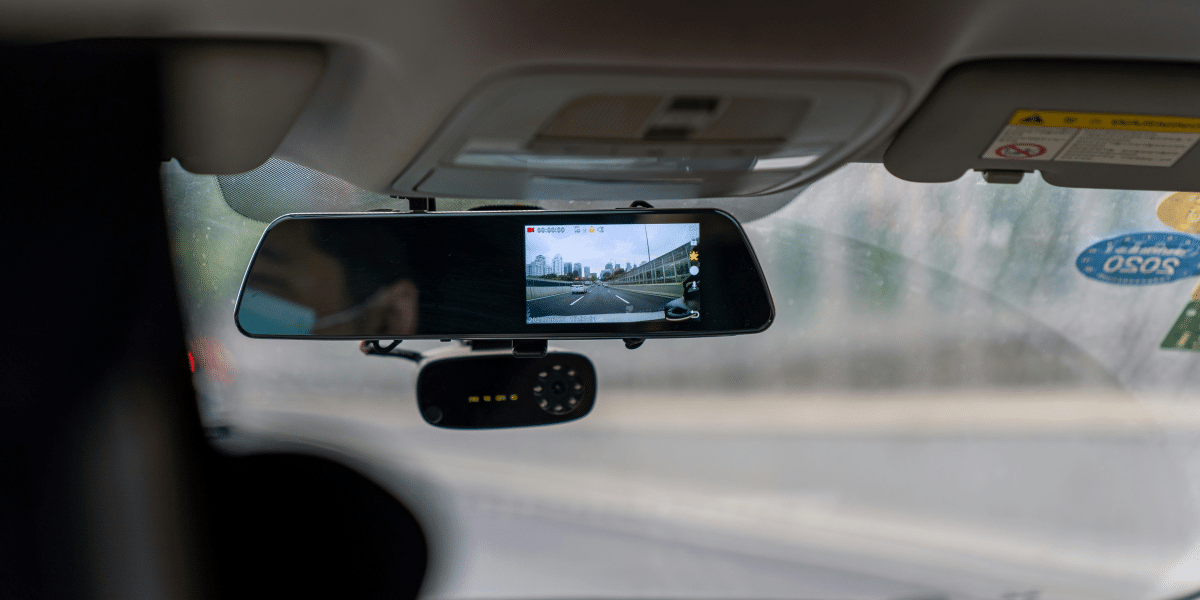Commercial fleet cameras, also known as dash cams or vehicle-mounted cameras, are rapidly becoming indispensable tools for businesses operating vehicle fleets. These cameras serve multiple functions, from improving driver safety to enhancing operational efficiency. Here are several compelling reasons why integrating commercial fleet cameras can significantly benefit your business.
Enhanced Driver Safety and Training
One of the primary benefits of fleet cameras is their role in enhancing driver safety. By recording continuous footage of what happens both on the road and inside the vehicle, these cameras help monitor driver behavior. This capability allows fleet managers to identify risky driving practices such as speeding, sudden braking, or distracted driving. With this data, companies can tailor individual training programs to address specific behaviors, thereby reducing the likelihood of accidents and ensuring a safer driving environment.
Moreover, the mere presence of cameras can encourage drivers to adhere more closely to safety protocols, knowing that their actions are being monitored. This not only helps in reducing incident rates but also promotes a culture of safety within the organization.
Liability Protection and Insurance Benefits
Fleet cameras play a critical role in liability protection. In the event of an accident, the footage can be used to ascertain the circumstances that led to the incident. This evidence is crucial for protecting the company against wrongful claims that can lead to costly legal battles and increased insurance premiums. Furthermore, many insurance companies offer discounts to fleets that employ dash cams, recognizing the reduced risk associated with their use.
Improved Fleet Efficiency and Maintenance
Another significant advantage of using fleet cameras involves the optimization of fleet operations. Video data can help managers analyze routes and driver behaviors to find more efficient ways of operating. This can lead to reduced fuel consumption, better time management, and lower operational costs.
Additionally, some advanced camera systems are equipped with telematics features that provide real-time data on vehicle health. This information can help preempt maintenance issues before they result in costly repairs or downtime, further enhancing fleet efficiency.
Enhanced Customer Service
Fleet cameras also contribute to improved customer service. By monitoring delivery routes and times, companies can ensure that drivers are adhering to schedules and using the efficient routes. This can lead to quicker delivery times, enhanced reliability, and higher customer satisfaction. In cases where there is a dispute about delivery times or conditions, camera footage can provide indisputable evidence of the service provided.
Theft Deterrence and Security
Security is another area where fleet cameras provide significant advantages. The cameras deter theft and vandalism not only by recording all activities around the vehicle but also by signaling to potential perpetrators that they are under surveillance. In instances of theft, the footage can be used to identify the culprits and recover stolen goods, thereby minimizing financial losses.
Summary
Incorporating commercial fleet cameras into business operations can support improvements in safety, efficiency, and management practices. These tools not only help in enforcing and training for better driving practices but also provide critical data that can protect your business from false claims and enhance operational decisions.
Published by: Khy Talara



















